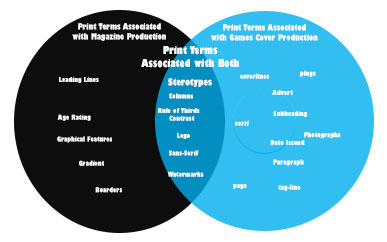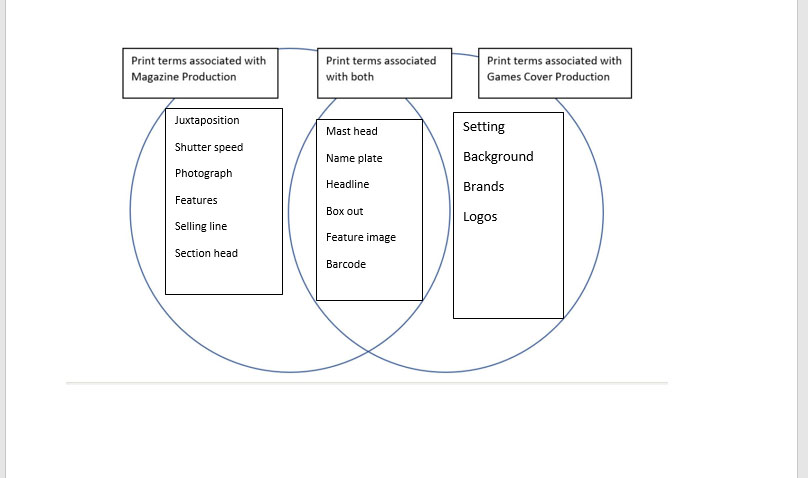Positive and negative stereotypes : A stereotype is the general way people expect things to be, specific beliefs on looks, personality, behavior , good or bad. E.g blondes are stupid.
Counter- types : This is when the opposite of a stereotype occurs. E.g stereotype= woman needs rescuing Counter- type = woman is the hero
Misrepresentation : to give false or misleading representation with intent to deceive. E.g A really skinny model advertises weight loss tea and makes you believe drinking it will make you look like her but in reality she is edited.
Selective representation : Choosing to only show certain parts of an image or issue. E.g war info, only see what the opposition has done to make you dislike them but not show the bad things your country has done so they seem heroic and good.
Dominant ideology : It agrees with what we believe should be in place or happening or agreeing with certain stereotypes. E.g a hero should be a handsome kind man saving the day.
Constructed reality : The way we present ourselves or things to the world in a way we want those things to be seen either because that’s what we think we should be or look like or because we’ve been influenced by other factors. E.g what we post on Instagram creating our social identity we post what we want to be seen as.
Hegemony : the dominance or authority of certain aspects in life E.g student government leadership in a school.
Audience positioning : the techniques used by the creator to control how the audience sees and understands the ideology of the media form presented.
Fluidity of identity : our identity is fluid and distinctively our own and is shaped by our culture, race, how we were raised and educated etc and can change all the time
Constructed identity : forming of a person by the way a certain society feels and the culture they believe in. E.g a christian mother will stay at home and look after her children and always take them to church on a Sunday.
Negotiated identity : changing someones beliefs and identity by the use of cultural beliefs and the mass media. E.g someone who thinks they like apples watches lots of TV about apples and now they love apples.
Fluidity of identity: The flexibility of the gender spectrum.
Constructed identity: How we learn about our own identity through interactions with others.
Collective identity : a persons feeling of belonging within a certain community or group. E.g a football player feeling like they’re part of their team and feeling valued within that team.



